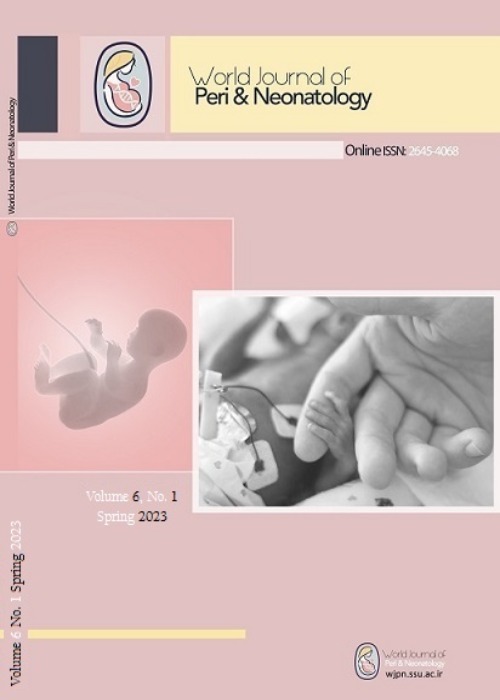Glycogen Storage Disease Type Ia, Different Clinical Manifestations and Outcome: A Case Series
Conversion of glucose-6-phosphate to glucose is the final step in both glycogenolysis and gluconeogenesis. In glycogen storage disease type Ia (GSD type Ia), decreased activity of the enzyme glucose-6-phosphatase leads to an increased concentration of glucose-6-phosphate within the hepatocytes and shunting into alternative pathway with the following consequences: hyperlactatemia, hyperuricemia and hypertriglyceridemia. Patients develop hypoglycemia within 3 to 4 hours after a meal.
Case Report:
We reported four patients with GSD type Ia with different clinical manifestations such as hypoglycemia, hepatomegaly, lactic acidosis, hyperchylomicronemia, and hyperuricemia and also described their prognosis.
Previously, many children with GSD Ia died in infancy or early childhood. Recurrent severe hypoglycemia can cause brain damage, but the prognosis has improved dramatically with early diagnosis and long term maintenance of optimal metabolic control.
- حق عضویت دریافتی صرف حمایت از نشریات عضو و نگهداری، تکمیل و توسعه مگیران میشود.
- پرداخت حق اشتراک و دانلود مقالات اجازه بازنشر آن در سایر رسانههای چاپی و دیجیتال را به کاربر نمیدهد.



